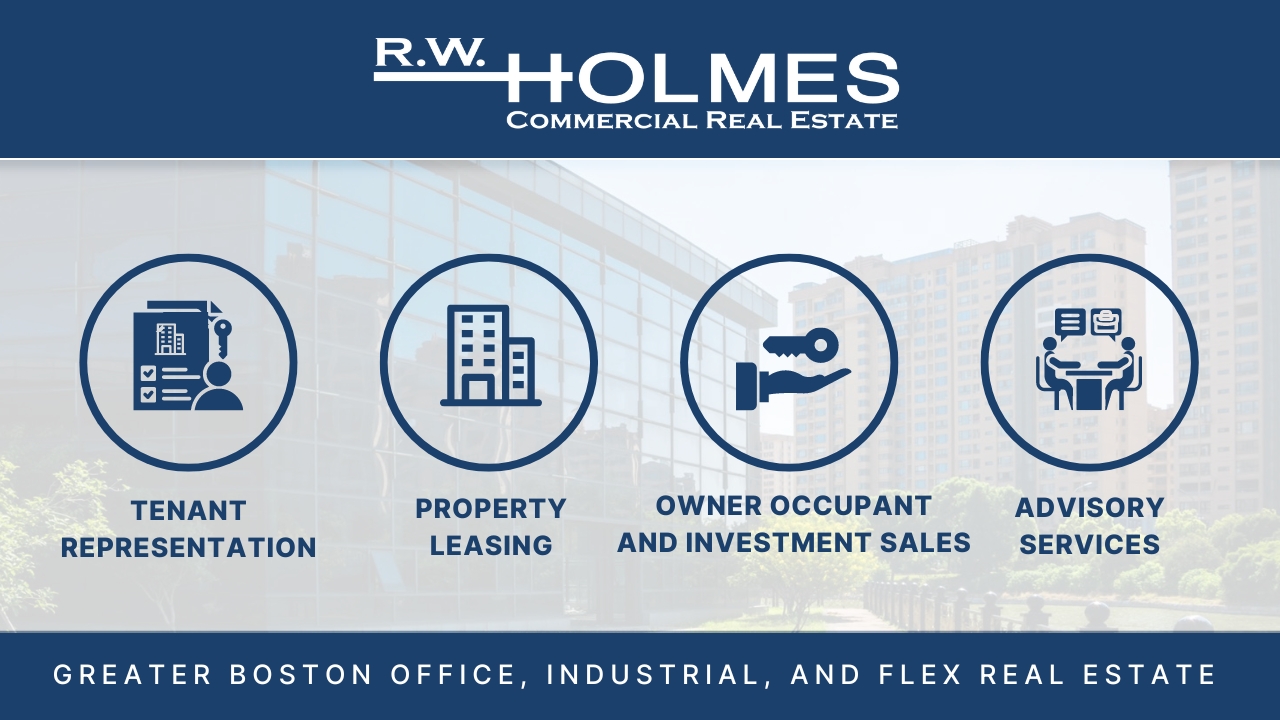Boston – Boston has emerged as a leader in climate change resilience by investing in and implementing sustainability measures, improving its ability to protect property values and attract real estate occupiers amid climate risks, according to a new analysis from CBRE.In its first North American City Sustainability Study, CBRE Econometric Advisors assessed climate change resilience across three categories: transition risk, physical climate risk, and mitigation and adaptation measures. The study evaluated cities’ emissions-reduction targets, policy and regulations, cost of retrofitting properties, vulnerability to climate change and climate-related disasters, green building stock, green financing and other factors. Besides Boston, other major North American cities that are similarly well positioned include Austin, Denver, Montreal, New York, Ottawa, San Francisco, Toronto, Washington, D.C., and Winnipeg. These cities have all pledged to be carbon neutral or achieve net zero greenhouse gas (GHG) emissions by 2050 and have increased their use of renewable energy over the past five years. Boston has pledged to be carbon neutral by 2050. The city has government policies and regulations in place to support adaptation and mitigation objectives, including its Climate Ready Boston initiative to address flooding across the city’s 47-mile coastline. Boston also performed well for its green-bond program to fund climate-related projects and for its green building stock, with 37% of the city’s commercial buildings LEED certified. “The cities that take the lead on sustainability today will have a competitive edge as the economy shifts to a low carbon, more sustainable future. With over 50% of the world’s population living in cities, cities will be critical in driving sustainability and helping communities adapt to climate risks,” said Rob Bernard, chief sustainability officer, CBRE. Commercial buildings have the potential to play a large role in cities’ ability to achieve their carbon reduction targets. Buildings account for 39% of energy-related carbon emissions worldwide, including 28% from operational emissions (energy to heat, cool and power them) and 11% from materials and construction (World Green Building Council, 2019).Reducing GHG emissions is a growing priority for real estate investors and occupiers. Nearly 70% of the more than 500 commercial real estate professionals participating in a 2022 CBRE global survey cited reducing GHG emissions as a top organization goal.“The transition to a low carbon future is increasing the complexity of real estate decision making. Occupiers and investors have a host of new factors and costs to consider, including new regulations. Cities that show climate resilience will attract more occupiers looking to meet their own decarbonization goals and are likely to benefit from a halo effect on property values,” said Dennis Schoenmaker, executive director and principal economist, CBRE Econometric Advisors.
© Newspaper WordPress Theme by TagDiv


















